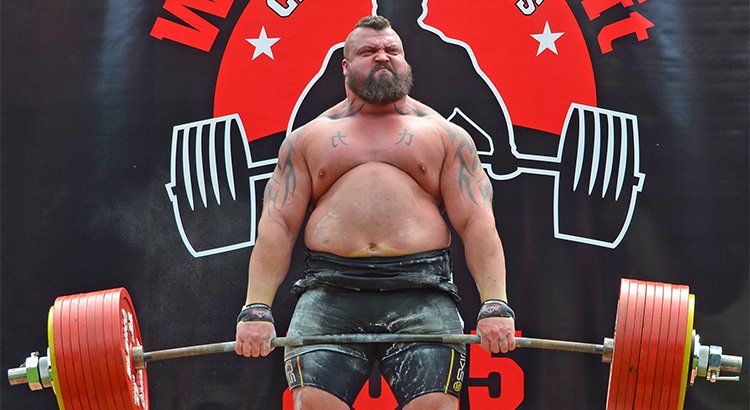If you don’t already know Fitenium is a free, mobile, video-based social network for athletes who train strength or bodyweight exercises. At Fitenium users can follow their performance, compete and get discounts in nutrition and sports equipment stores. Download it here.
Low physical fitness and obesity are associated with an increased risk of developing heart failure, but the effects of their interaction are unclear.
A recent study reveals the interactions between these factors and helps promote more effective prevention.
Low aerobic capacity + low muscle strength = double the risk of developing heart failure
Heart failure occurs when there is an imbalance between the heart’s ability to pump blood and the body’s needs.
So in the case of heart failure, it does not mean that the heart has stopped beating, but that the heart is not pumping enough blood. Your heart continues to work, but your body is not meeting your blood and oxygen volumes.
The word failure implies a benign process, but heart failure, left untreated, has a worse prognosis than many cancers. That is why it is very important to prevent its appearance.
Published on Unplash by Lucy Dunne
The published study was intended to assess the association between physical fitness (aerobic fitness and strength), obesity, and the risk of developing heart failure.
This study is of great value because it examined the interaction effects of aerobic fitness, strength, and body mass index (BMI) among 1,330,610 Swedish men in 1969 and 1997 (total for 18-year-old men 97% to 98% ). The study looked at the risk of heart failure identified from hospitalization and outpatient diagnosis in 2012 (maximum age 62 years).
11,711 men with heart failure were diagnosed. After adjusting for socioeconomic factors, other chronic diseases, and family history of heart failure, low aerobic capacity, low muscle strength, and obesity were independently associated with increased risk of heart failure.
The combination of low aerobic capacity and low muscle strength was associated with a double risk of heart failure. These factors had positive and synergistic interactions and were associated with increased risk of heart failure, even among men with normal body mass index.
The combination of low aerobic capacity and low muscle strength was associated with twice the risk of heart failure, even among men with normal body mass index.
Published on Unplash by Dollar Gill
Low aerobic fitness, low muscle strength, and obesity at age 18 were independently associated with increased risk of heart failure in adulthood due to the effects of interactions between aerobic fitness and muscle strength.
These results indicate that early intervention through aerobic and resistance exercise, even among young people with low body mass index, is necessary to reduce the long-term risks of heart failure.
So we came to the same conclusion as already mentioned in the article: It is better to be overweight but active than to be thin but sedentary.
Training aerobic exercises and muscle strength during childhood, adolescence and puberty (in addition to having a good diet), prevents many types of diseases and improves quality of life by reducing the risk of death at any age.
Published on Unplash by Noel Nichols
exercise is mandatory
Exercise is absolutely essential in our lives and it is clear to everyone. Training strength and resistance can help improve our physical condition and quality of life. In particular, you should do it from a young age, following the principles of personalization and progression.









